The previous post described a period of transition for the Crusoe Hotel - from a small inn within a granary to an expanding hotel, playing host to fashionable functions for the the many summer visitors and golfing fraternity. The hotel already had its iconic picture of Robinson Crusoe in goatskins on its landward gable end and it had become a popular destination. When John Harris bought the Crusoe Hotel in April 1898, seven decades of Largo Granary Company ownership came to an end.
Harris set about upgrading the premises and the 19 July 1898 Dundee Courier notice above told of "entirely new management" and "redecorated and refurnished" rooms. The hotel now filled a large section of the old granary building and had its own stables. Yet, despite seemingly favourable circumstances, Harris advertised the hotel for sale the year after buying it. The advert below from 25 August 1899 Glasgow Herald provides scant description of the hotel but makes a point of stating that "a good business is being done" and that there were "satisfactory reasons for selling". Could the truth be that the seller had concerns about the future of the business?
The timing of the decision to sell is interesting because, at this point, the Lundin Links Hotel was under construction. The building of the new hotel in Lundin Links had become a protracted affair. The old village inn had been bought in 1897 by James McTavish, the son-in-law of keen golfer and Edinburgh-based tailor, Sam Duncan. Duncan was an associate of architect of the new hotel, Peter Lyle Henderson. Indeed it was Duncan and Henderson, together with former owner of the old inn, William Bethune, who had the vision of demolishing the old establishment and building a modern, up-market hotel to cater for golfing summer visitors.
James McTavish had married Margaret Duncan in 1896. The intention was that they would own and run the hotel. Construction of the new hotel was advanced when, in March 1899, McTavish was declared bankrupt. The bankruptcy was connected to the infamous ‘Pattison crash’. McTavish had previously worked as a clerk for the firm of Pattison, Elder & Co – a whisky distiller and wholesaler that was mismanaged and collapsed taking many other businesses and individuals with it (McTavish held many shares in the company and was liable for some of its debts).
The Lundin Links hotel "in the course of erection" together with "the old building" was advertised for sale in April 1899 (see 8 April Scotsman notice below). The two buildings were purchased by the three individuals mentioned above (Duncan, Henderson and Bethune) and the Leven Advertiser on 27 April reported that following the sale of the hotel "the operations at Lundin Links Hotel will likely proceed on the same lines as originally intended, the purchasers being, it is believed, gentlemen who from the first had an influence in starting the enterprise". With the Lundin Links Hotel's construction back on track, John Harris knew he would be facing competition - not least because Peter Henderson, the architect, now co-owner of the new hotel, and former Captain of Lundin Golf Club was an influential figure, once hailed in the golfing songs performed at annual smoking concerts in the "good old Crusoe Hotel".
Old allegiances to the Crusoe Hotel were perhaps about to switch. Could an inn in an old granary building compete with a purpose-built hotel which was closer to the golf course and fitted up with state of the art conveniences? The new rival would have a large hall for gatherings, a billiard room, modern bathrooms and lavish fittings. This context was perhaps unclear to new buyer of the Crusoe - James Cessford. He took over late in 1899 but in 1900, once the Lundin Links Hotel had been completed, and after seeing the reality of the business done at the Crusoe, he decided to dispute the terms of the sale. In the Court of Session Cessford stated that he found the business was not as large as Harris had stated during negotiations of the sale. The 18 October 1900 Leven Advertiser below provides the details.
In 1901 the dispute was settled out of court and Cessford did not remain at the Crusoe for much longer. Aside from the court case, complaints had been made about how the house was conducted. The St Andrews Citizen reported that "every Sunday intoxicated persons had been seen to come out of the premises". Mr Cessford had also apparently left his young niece in sole charge of the hotel on a number of occasions. The result was that his 'hotel licence' was cut down to a more restrictive public house one.
A fresh start was made in the Spring of 1902 when Dura Den-born Thomas Lumsden purchased the Crusoe, although it took until October 1903 for the hotel license was restored. Lumsden brought a period of stability to the hotel and catering for pic-nic parties became a speciality. The hotel managed to co-exist with the Lundin Links Hotel (now run by Sam Duncan junior). The advert below from the 12 June 1906 Courier shows that both hotels aimed to appeal to golfers, offering 'moderate' charges.
In January 1911, Thomas Lumsden suffered a set back, when a serious fire caused £1,000 worth of damage to the hotel. As the 14 January Fife Free Press above noted, the fire was spotted as the Lumsdens were retiring to bed in the evening and ultimately flames shot dramatically from the roof. The Buckhaven Fire Brigade attended more than an hour after the alarm was raised and were hindered by the tide being out. The roof had to be cut away to enable water to access the source of the flames. The upper storey was completely gutted. The lower floors were saved, as was the adjoining band hall, but water damage to furnishings and stock was great. The fire was extinguished by 4am the following morning. No clear cause for the blaze was found. Extensive rebuilding would be required. On 2 April 1911, the census recorded Thomas and Catherine Lumsden and their two daughters Catherine and Susan living at neighbouring Rock View, while the hotel was denoted as 'B' meaning being built (or in this case rebuilt).
The hotel emerged from the incident with seven extra bedrooms and a modern-looking new flat roof. Around the same time the Pier Pavilion became a feature on the adjacent pier. However, the hotel's march into a new era was impacted firstly by the outbreak of the Great War and then, in July 1916, by the death of proprietor Thomas Lumsden died aged 65 years. His widow Kate continued the business until 1919, before deciding to retire. In March 1919, the hotel was once again advertised for sale, this time highlighting the "splendid summer trade".
The purchaser this time around was Yorkshire man and ex-RAF officer, Howard Barnes-Moss. With pre-war experience in both running a hotel in Falmouth, Cornwall and a Turkish Baths with Billiard Room in London (see below), he wanted to conduct the business as a proper hotel, with greater emphasis on catering and intended creating a new tea-room within part of the former granary. The move north to Scotland coincided with Barnes-Moss starting a new life with his second wife, Maria. Their two youngest children would be born in the hotel in 1920 and 1922. In Part 4, we will pick up as the hotel approaches its centenary.
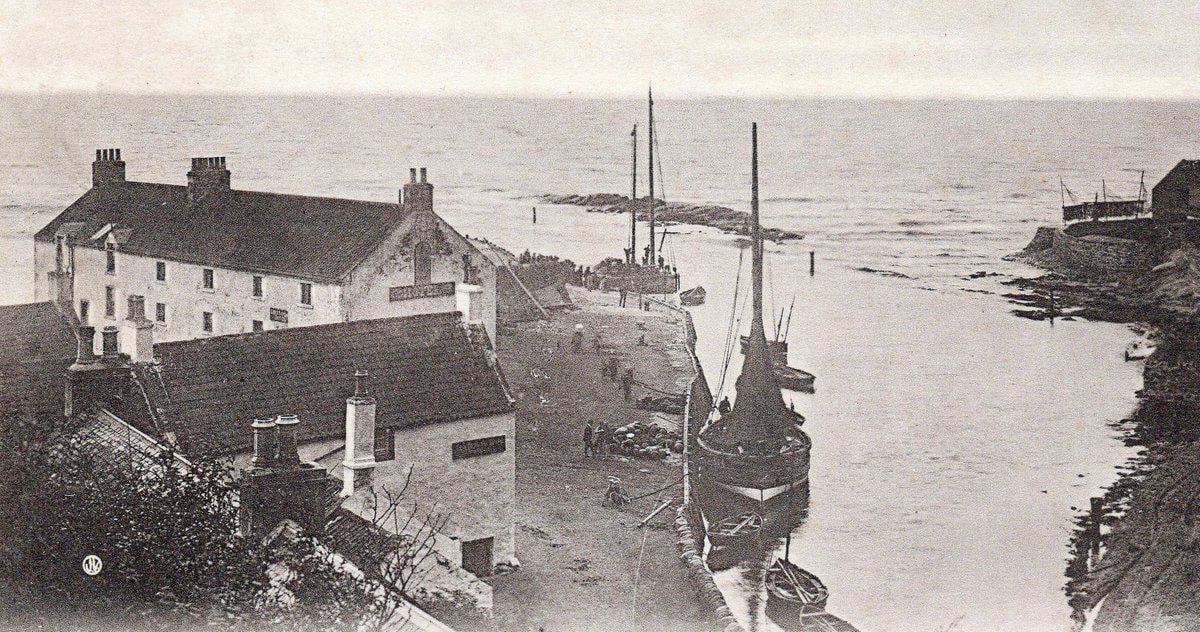
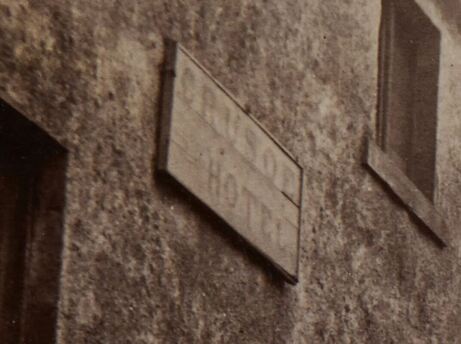
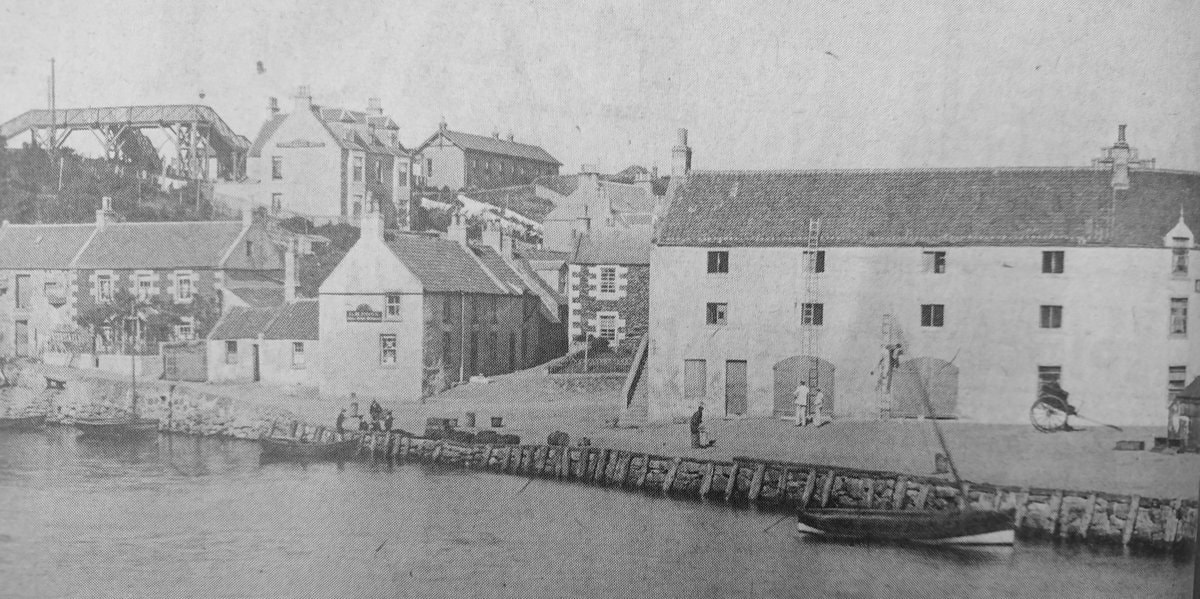


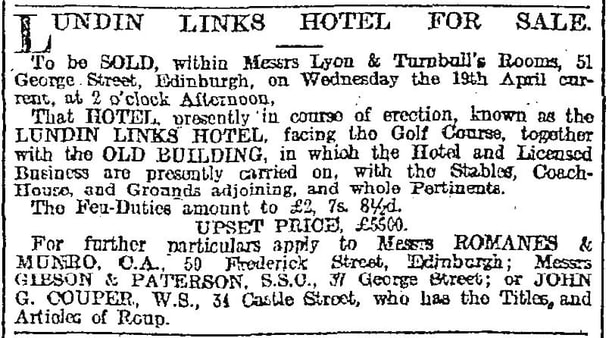
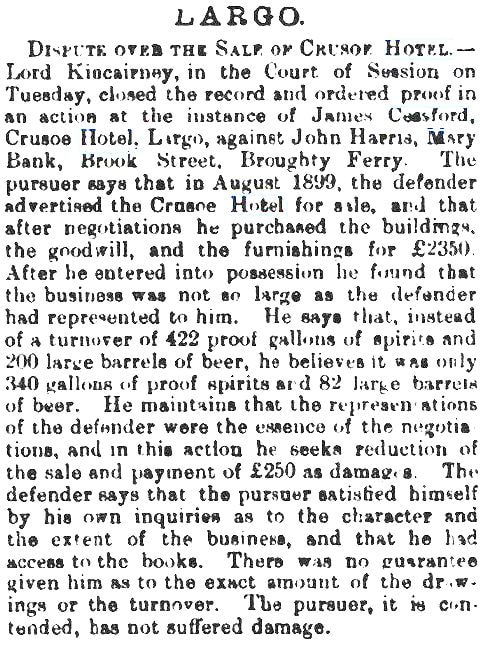

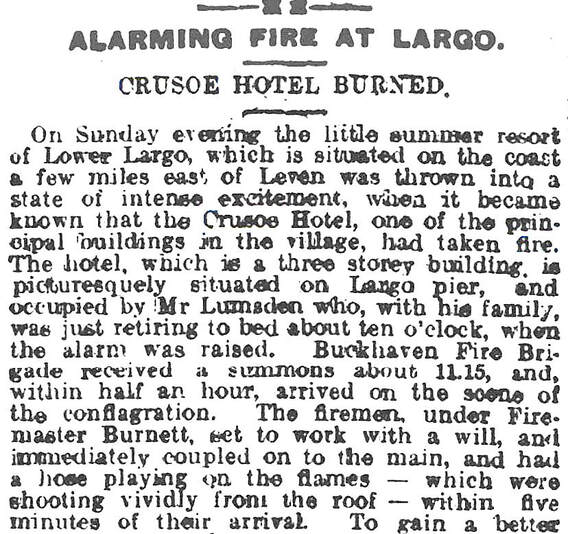
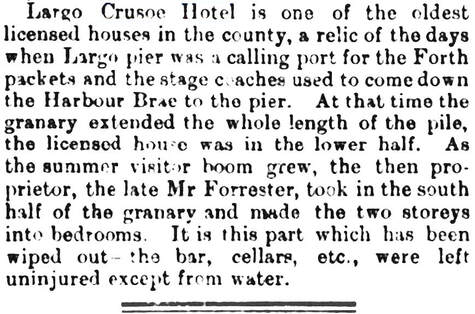
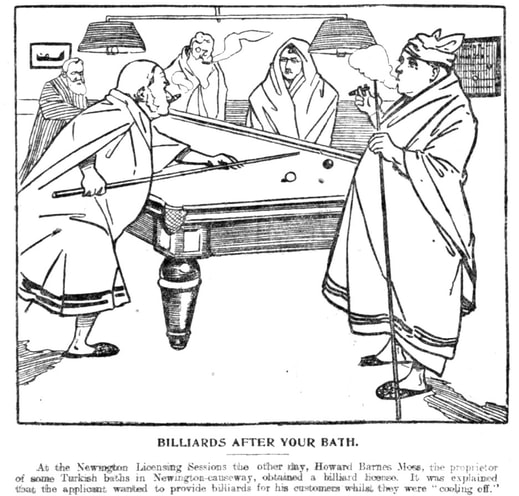
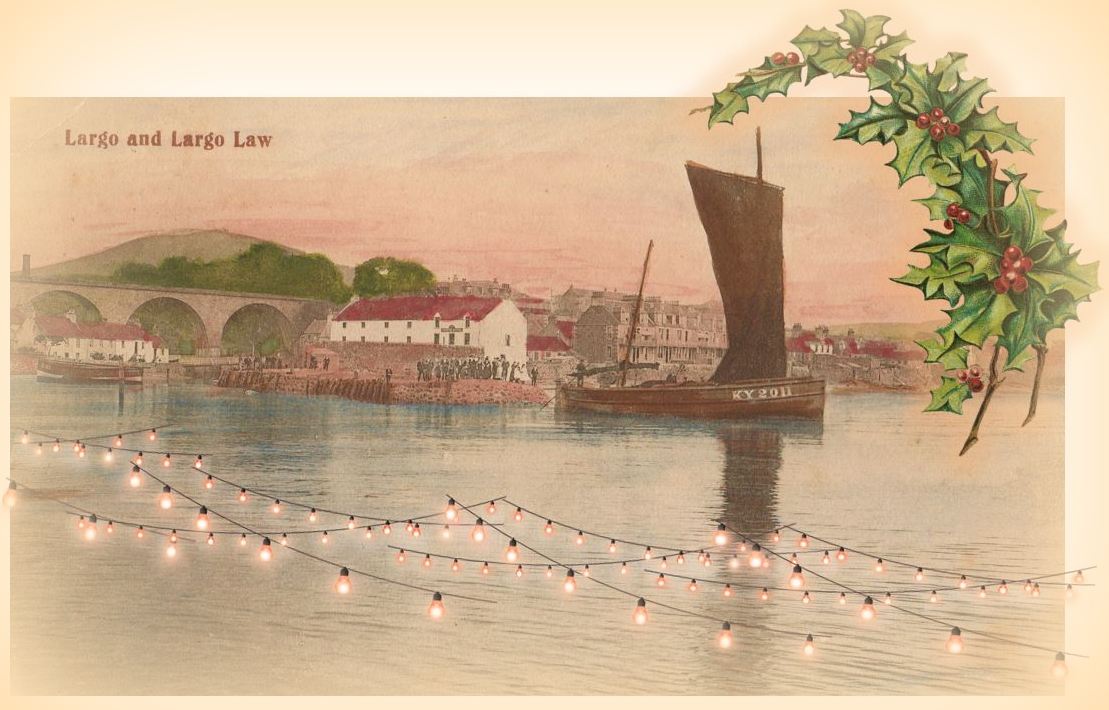
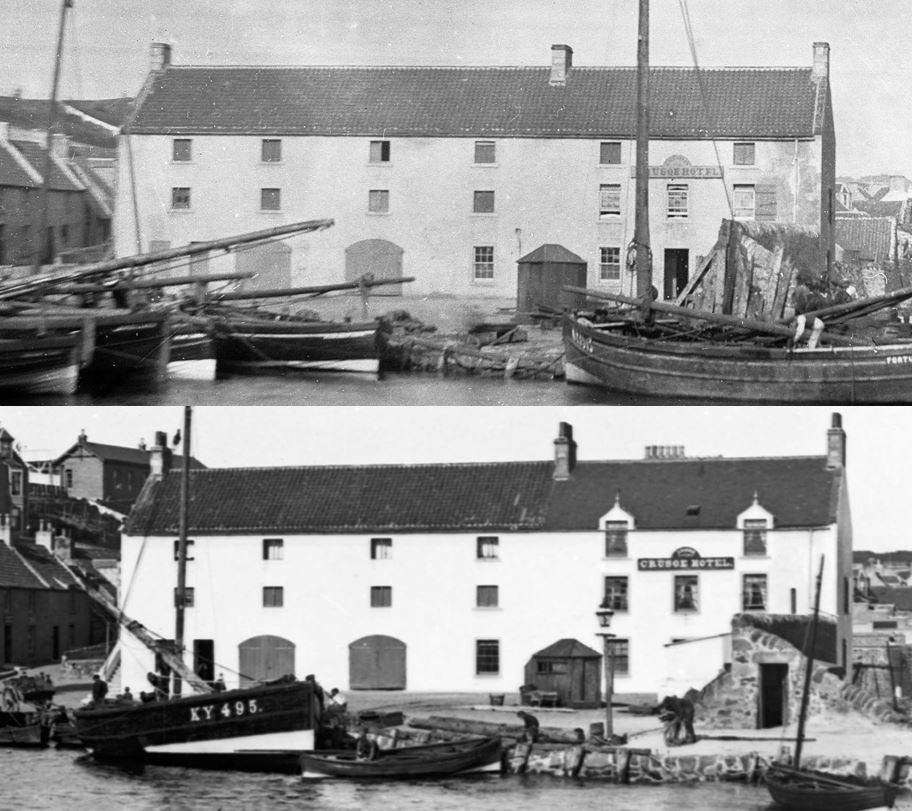
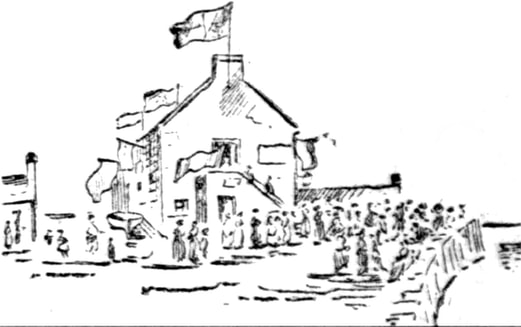
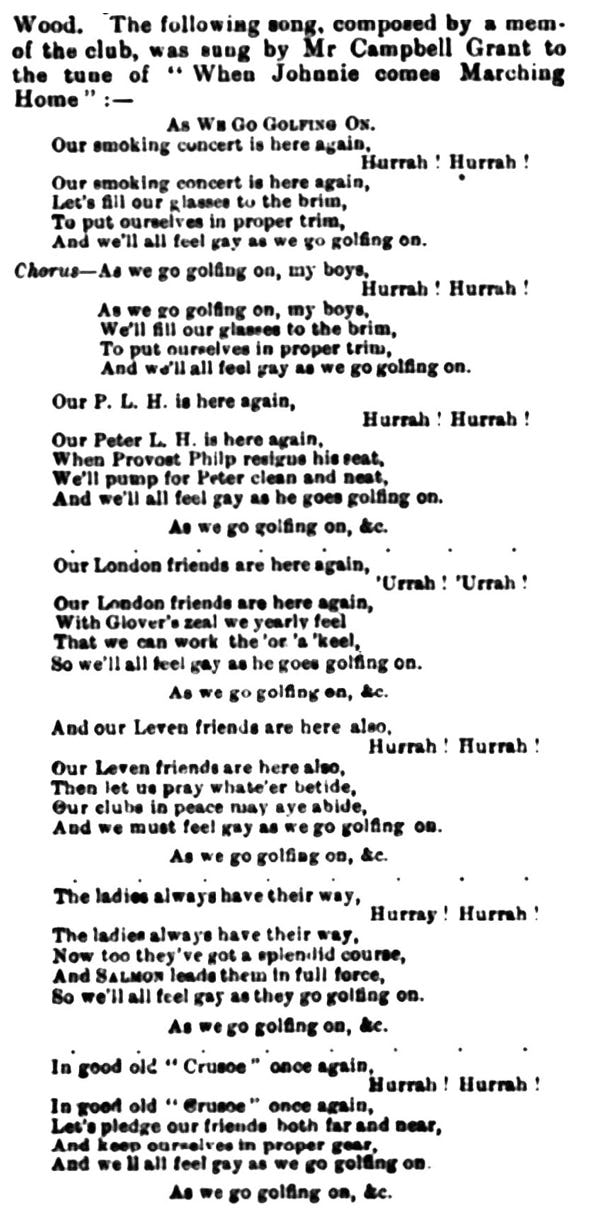
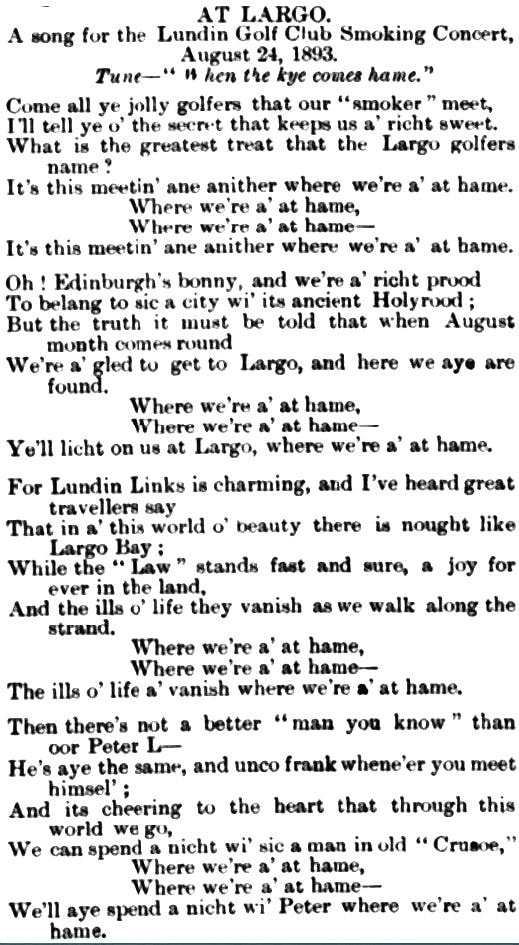
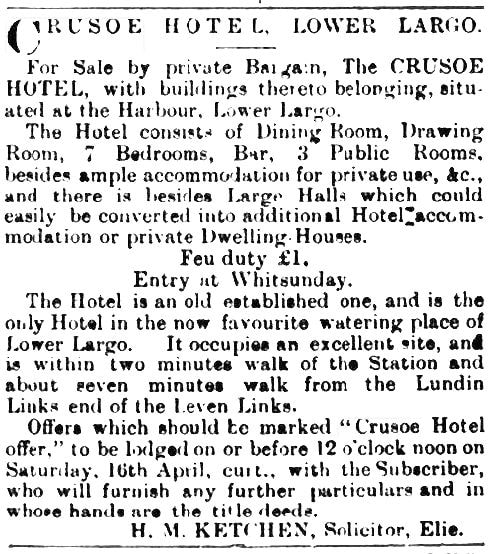
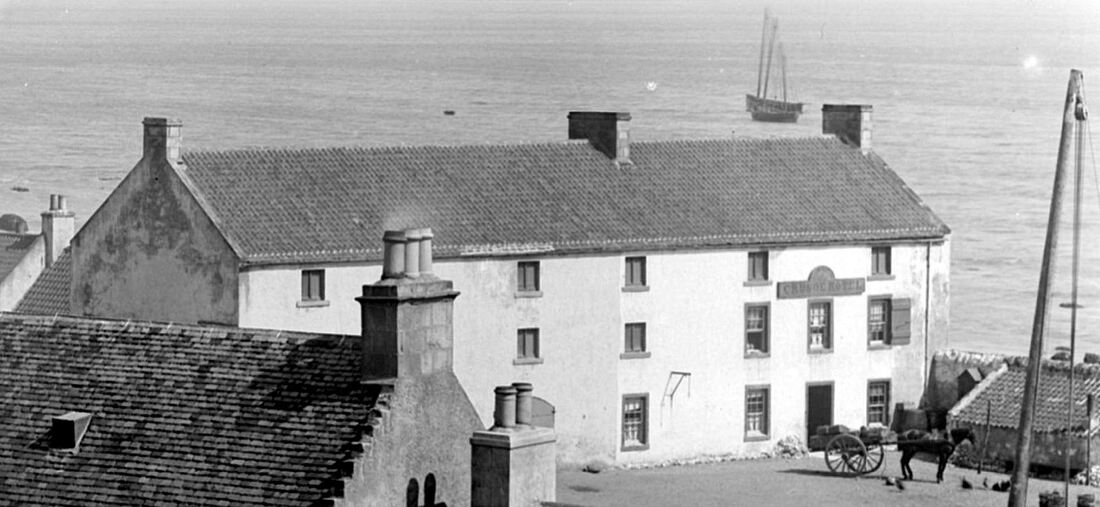
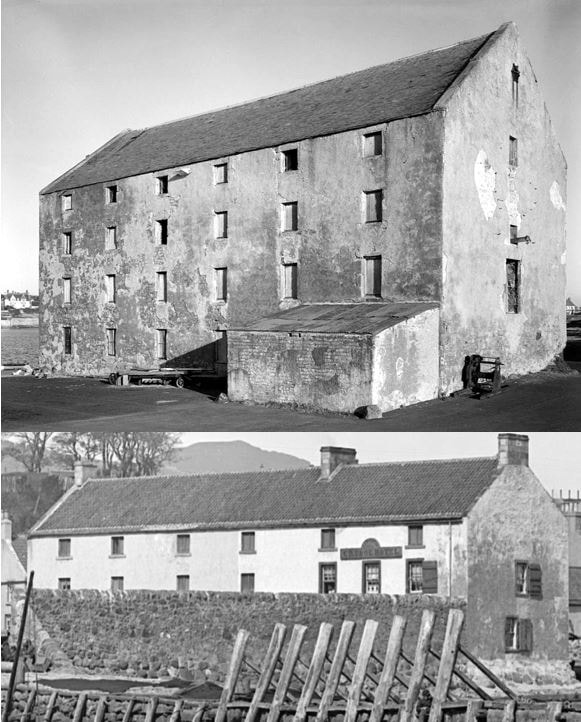
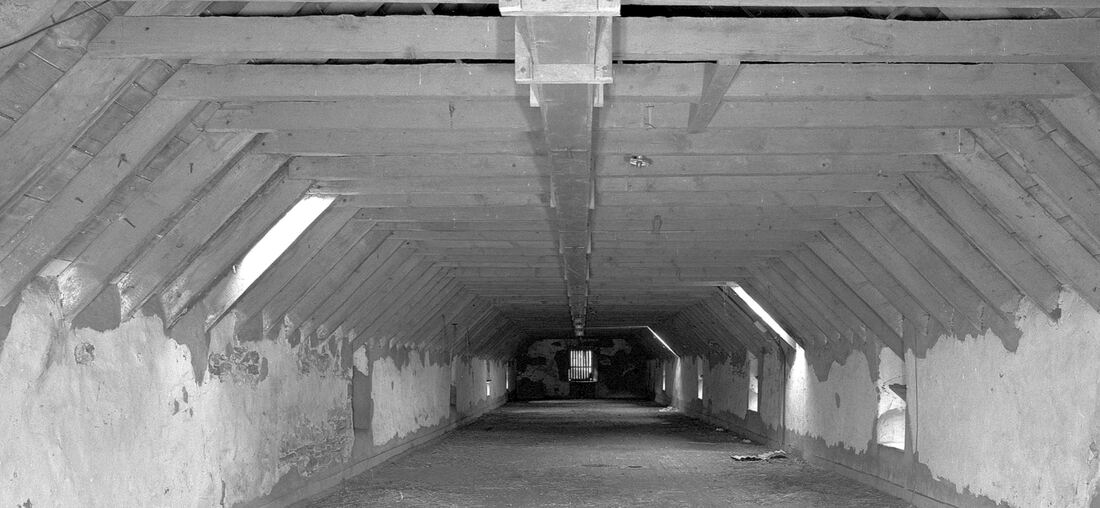
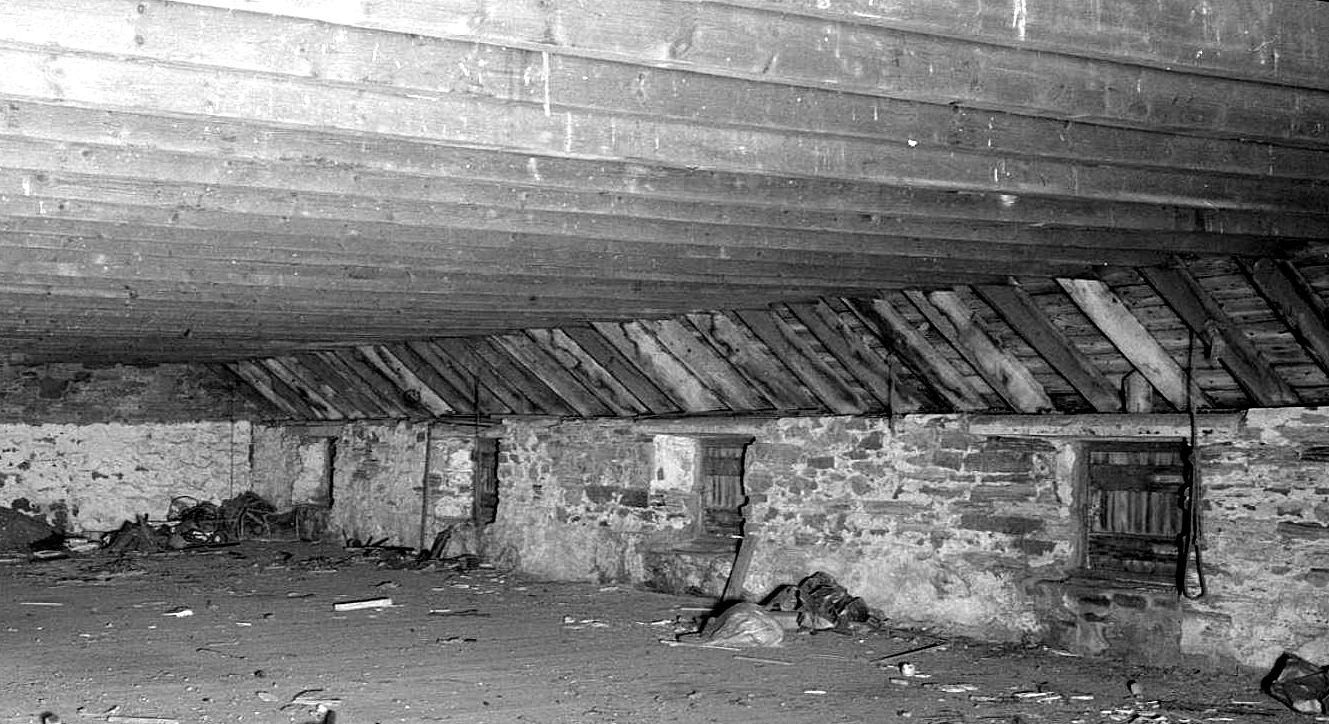
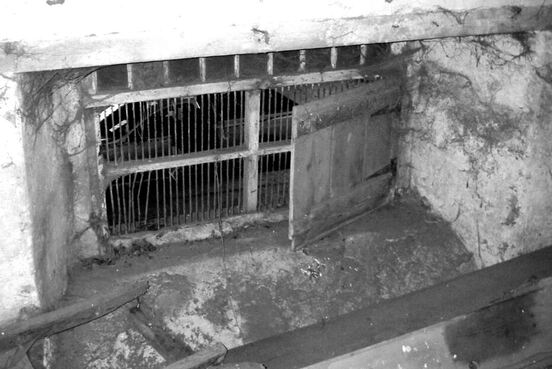
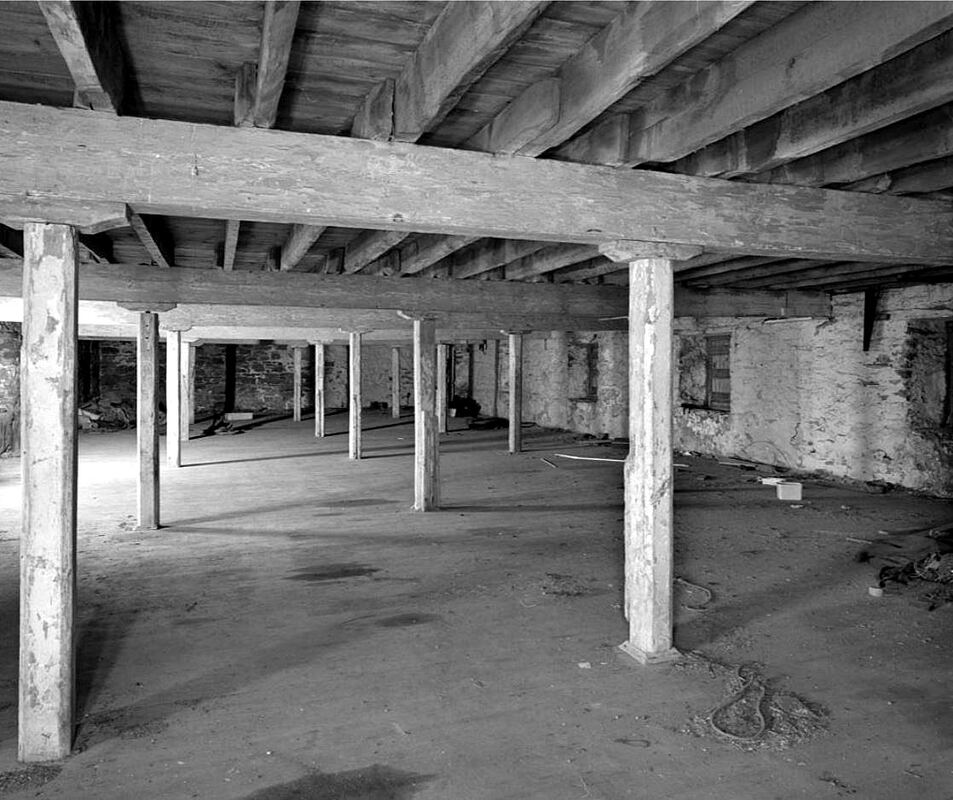
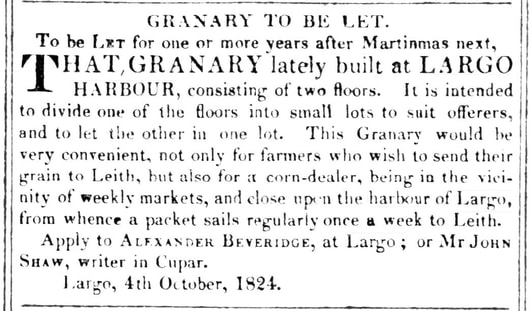
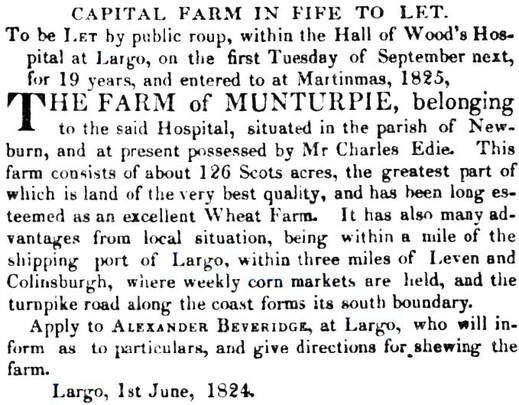
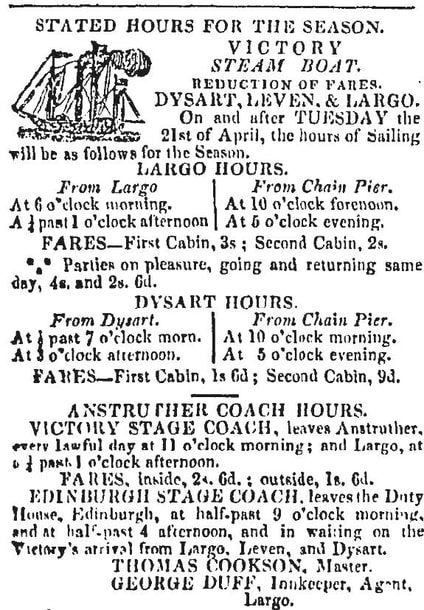
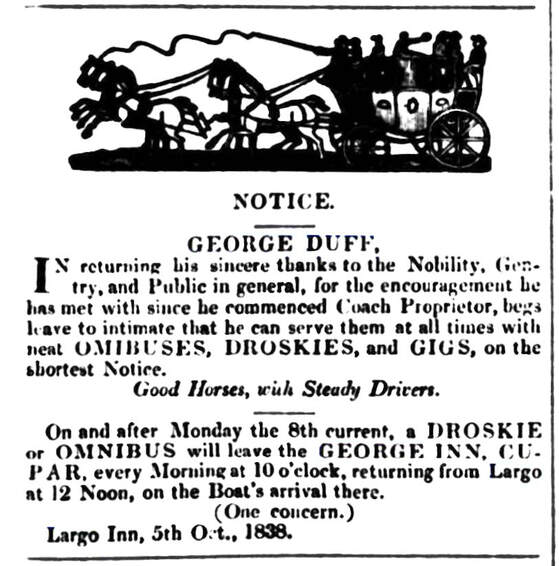
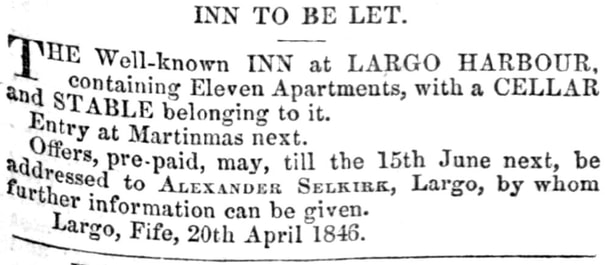
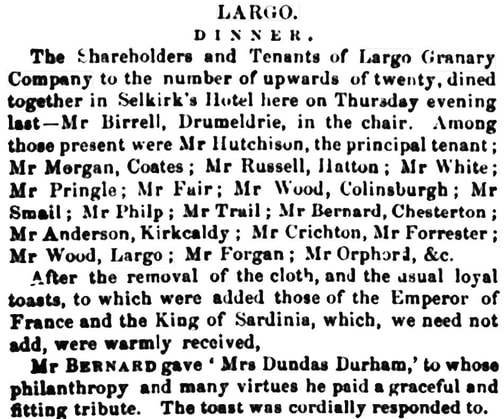
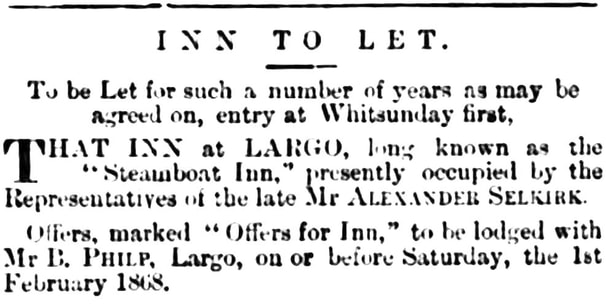
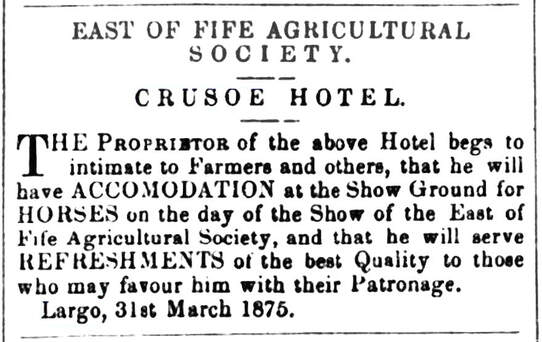
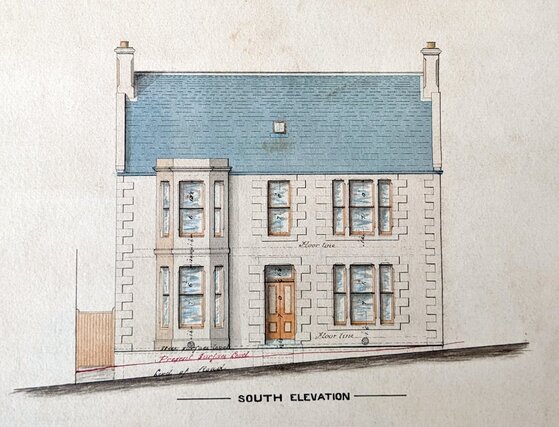
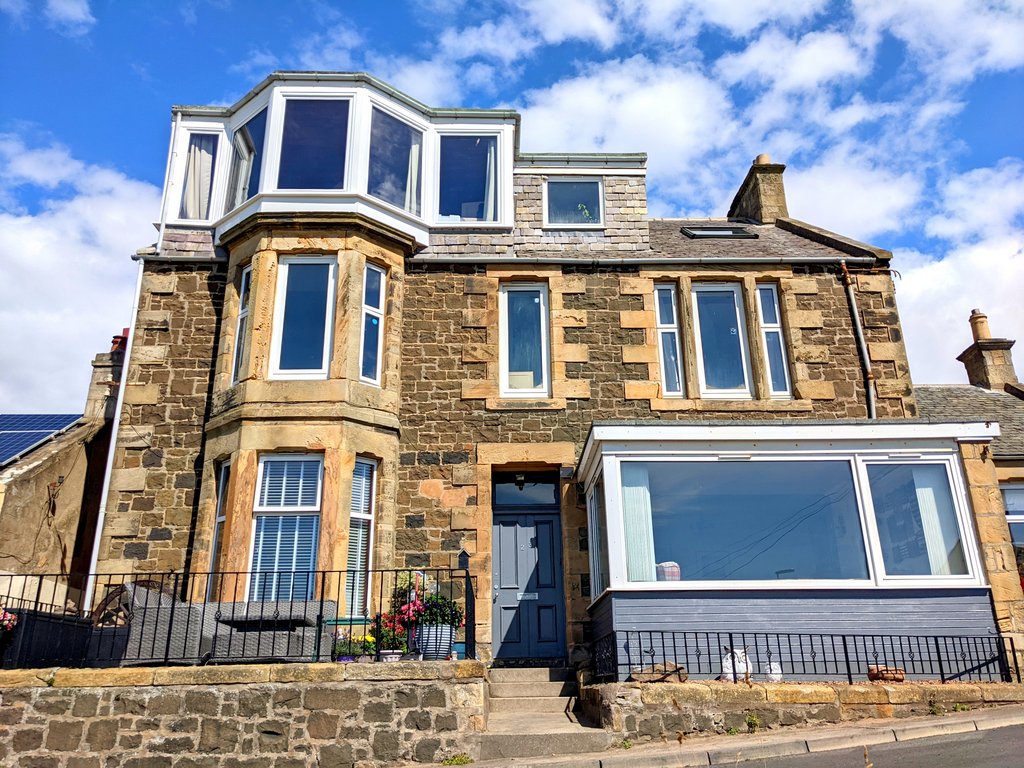
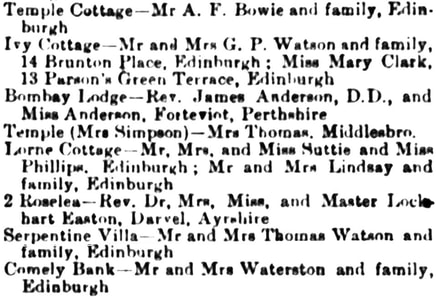
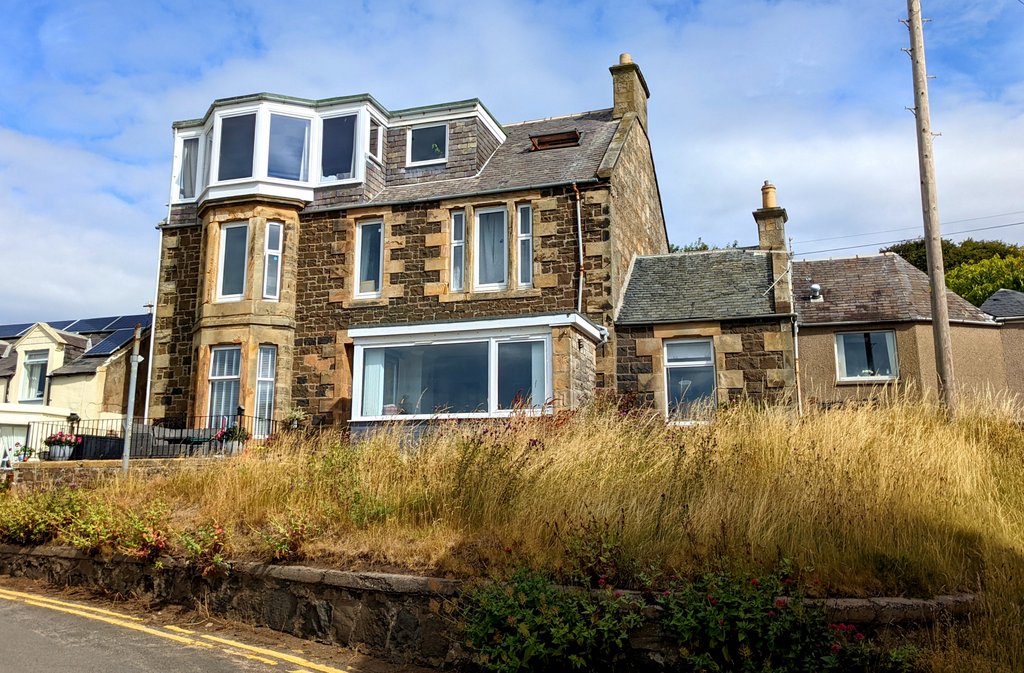
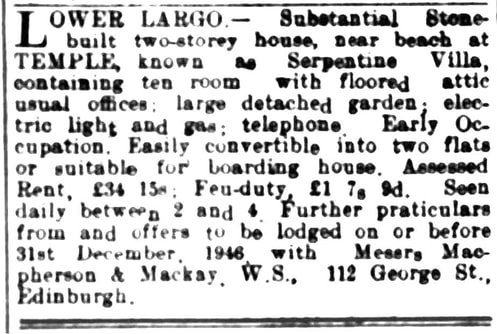
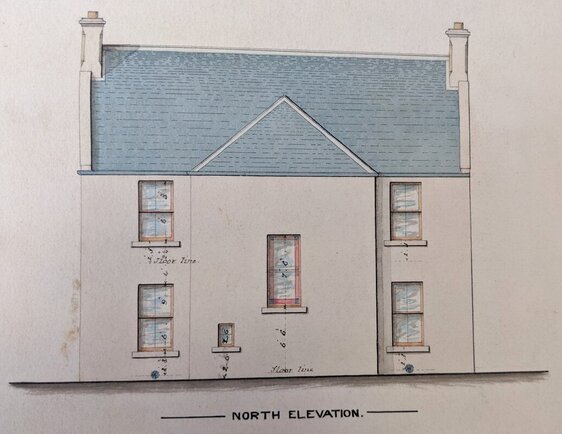
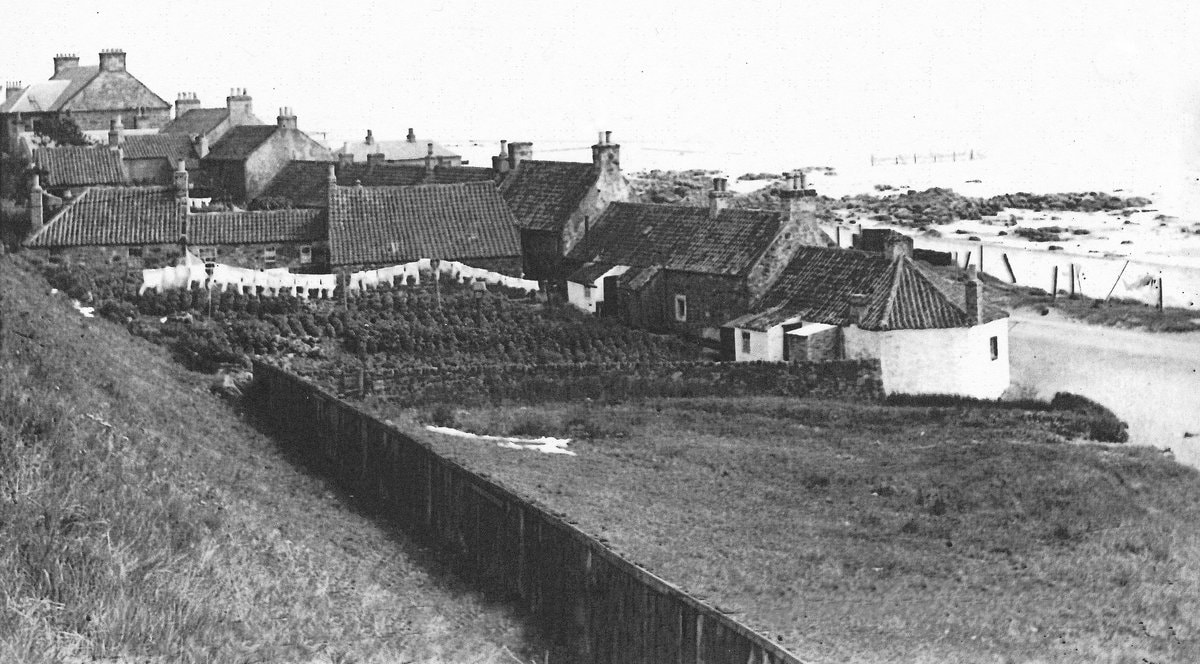
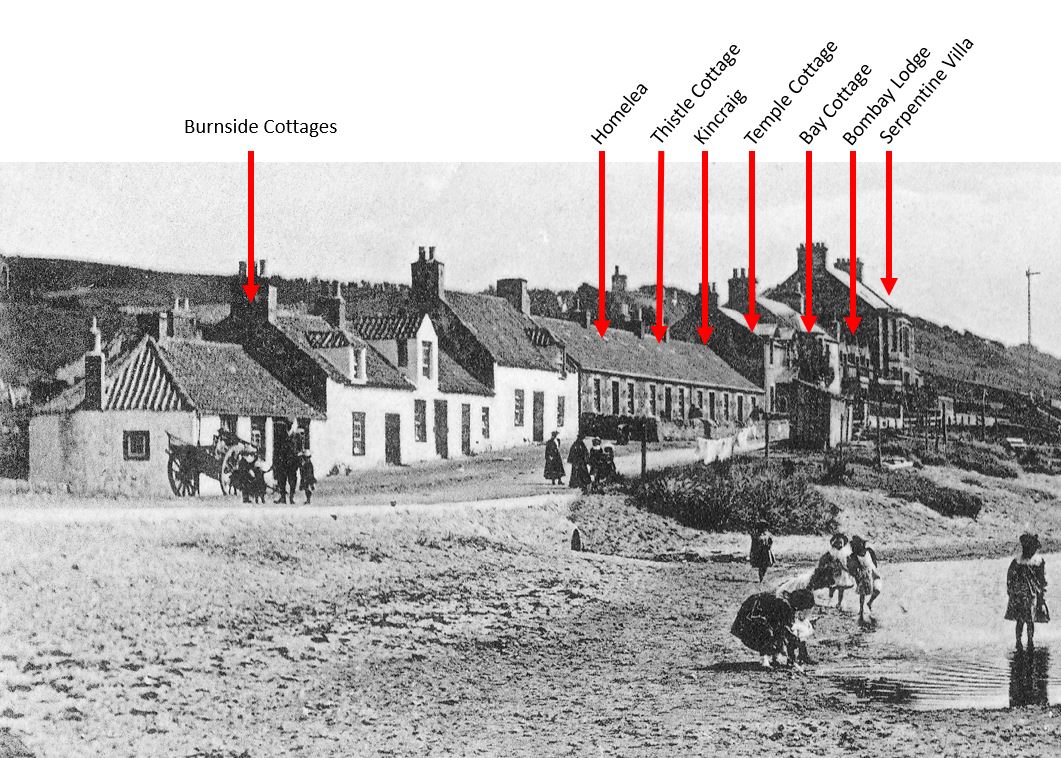
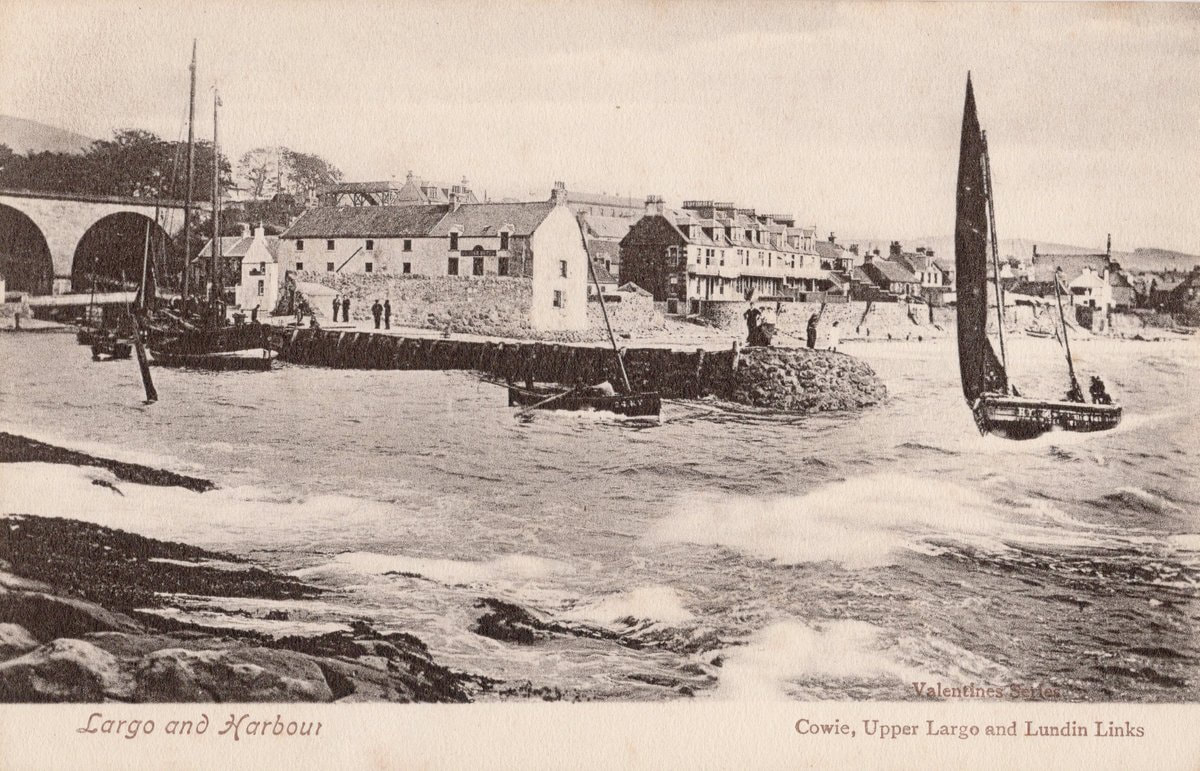
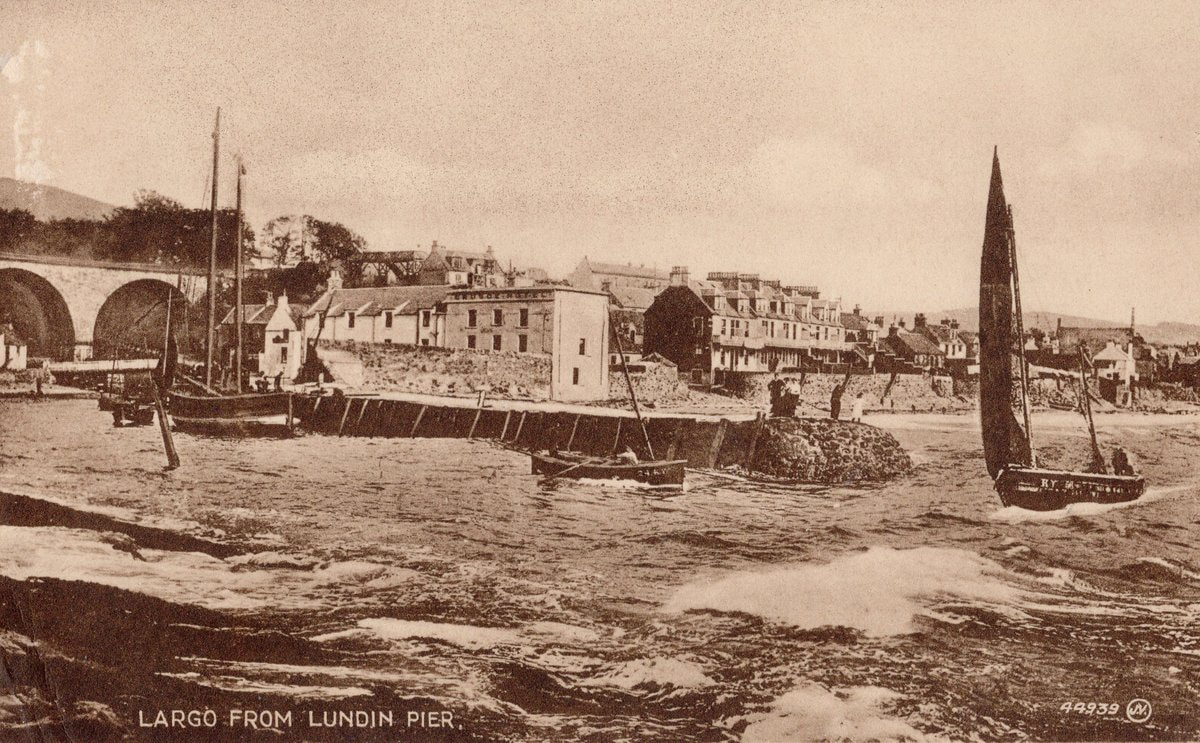
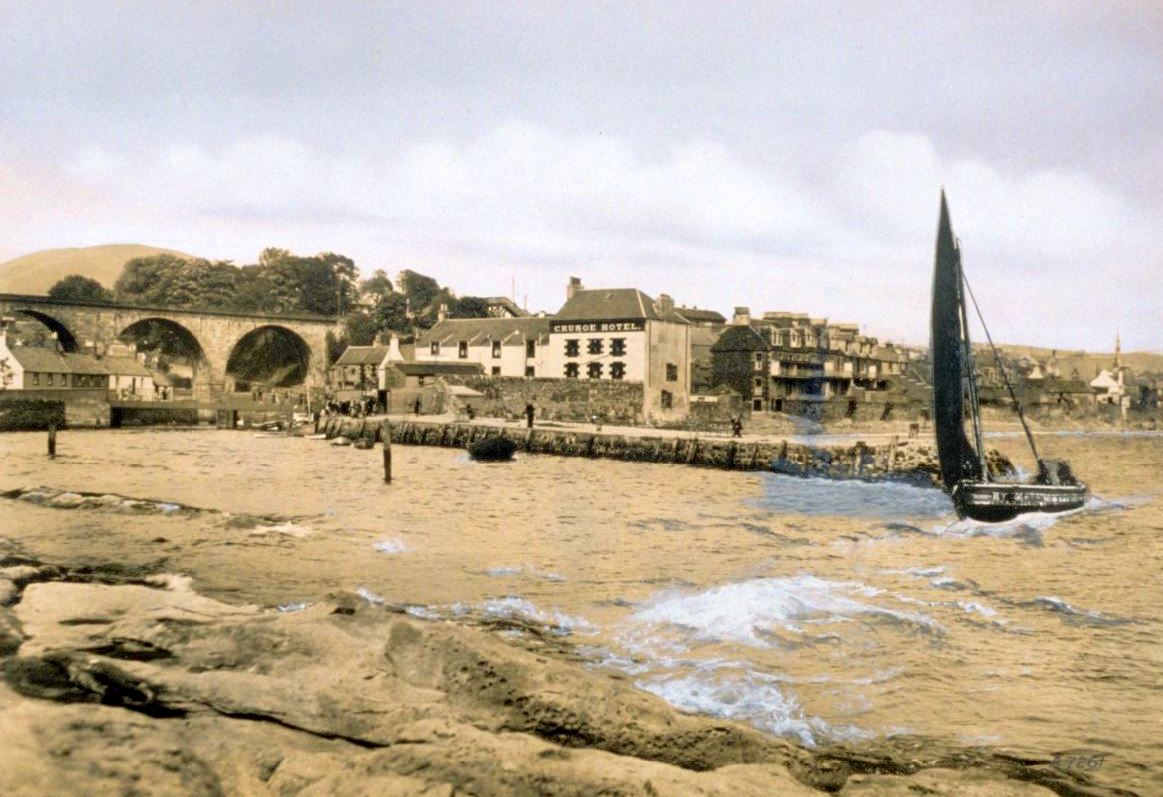
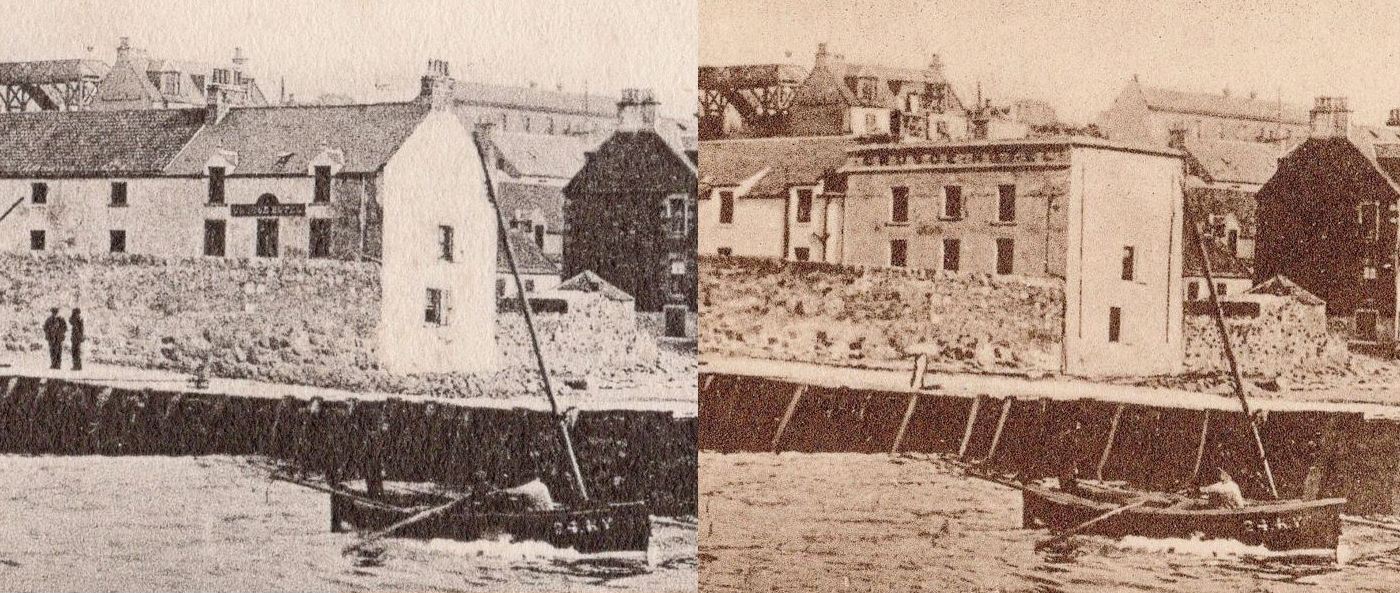
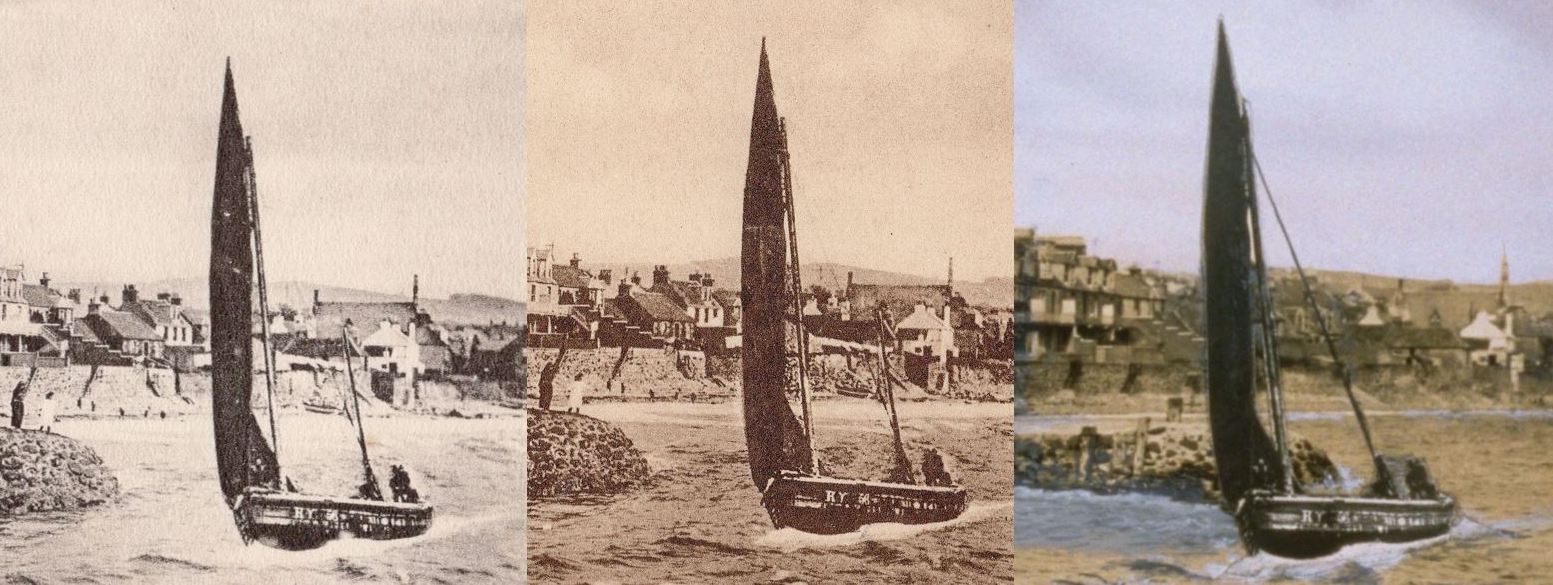
 RSS Feed
RSS Feed
